
- Date
- 27th November 2023
- Categories
- Electric Cooking
By Jacob Fodio Todd (Gamos Ltd.), Helena E Todd (SOAS) & Jon Leary (Gamos East Africa).
A recipe in its dictionary definition is simply a set of instructions for preparing a particular dish, including a list of ingredients. An eRecipe is a less well-defined term because of the realm of possibilities that the preceding “e” elicits. There are many ways of interpreting the letter before recipe, all of which the MECS programme has embraced, and which serve useful purposes. This blog outlines some of the learnings we have discovered and shares some tools that MECS researchers and partners have developed since we first began recording eRecipes in 2018.
In one form, perhaps the simplest, the letter presents in the same way as the it does for the now ubiquitous neologism e-mail. Many recipes are now by default electronic recipes: documented and discovered in the digital realm. Another common interpretation is the “e” representing energy – not surprising given the focus of the MECS programme. Energy recipes record cooking methods or processes with a particular focus on energy, especially fuels, appliances and consumption, and give fuel consumption indications, as well as time and cost calculations. Many eRecipes focus exclusively on ‘electricity’, another example.
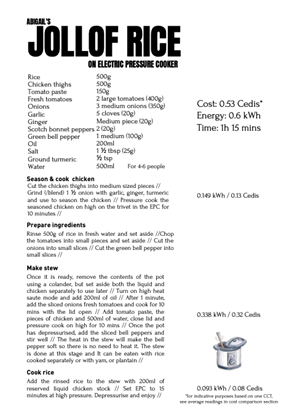
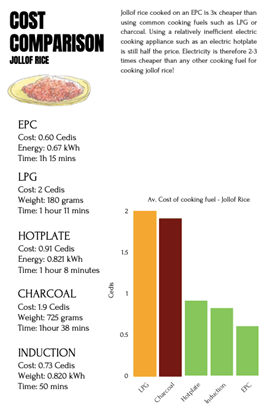
eRecipes have also served to explore the compatibility of new electric cooking appliances with local cuisine. No matter how efficient a device is, if they are unable to cook the food that a cook desires, then they are in many practical ways, redundant. Many modern energy efficient devices are marketed for their specific functionality (a toaster for toast, a rice cooker for rice or a kettle for hot water), despite being capable of far more (did you know you can boil eggs in a rice cooker & airfryer)?
Many are versatile, not least the electric pressure cooker, which can fry, saute, boil and pressure cook, but can it cook ugali…? Reader, it can! How do you discover these things? Through experimentation and exploring the potential of electric cooking appliances, another interpretation of the “e” in eRecipe, or “energy-efficient”, which EPCs in many ways certainly are. Understanding what is being cooked and matching these foods with accommodating energy-efficient appliances is a key enabler for e-cooking (“e” in this case is firmly electricity!).
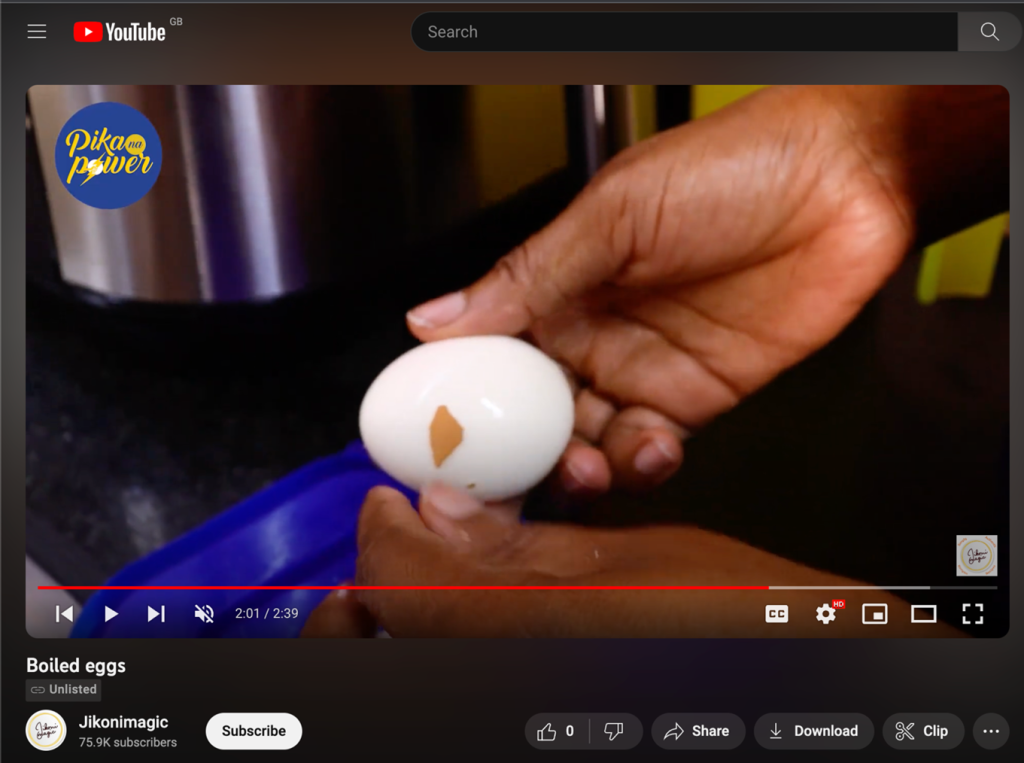
Many MECS eRecipes have used the controlled cooking test (CCT) protocol to reliably gain an understanding of dish level energy consumption and the compatibility of a device. The CCT is a standard test methodology in the clean cooking sector and based on creating replicable narrative recipes and then using them cook the same dish repeatedly in controlled conditions using different fuels to measure and compare the amount of energy used, and the cost and time. It can be used to compare improved cooking devices with traditional stoves.
CCTs are designed to be employed with cooks who regularly cook these types of dishes themselves, and who are ideally also familiar with the cooking devices (or become so). Without experimentation, in controlled or uncontrolled settings, the suitability of an appliance to a particular dish wouldn’t be known. eRecipes have been conceived of as written documents, however they are also demonstrated through videos, such as those generated by Jikoni Magic, or audio files.
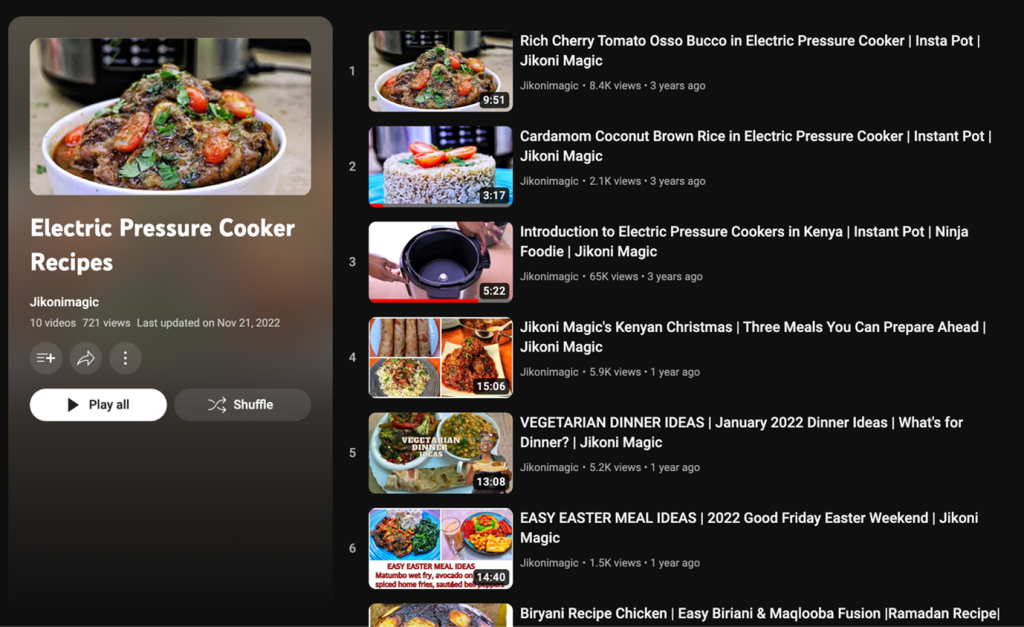
Regardless of the interpretation, a well-crafted eRecipe can be a valuable tool for showcasing appliance compatibility and understanding energy (time and cost) implications.
Anyone can make or use an eRecipe, but it’s of particular use to those who may be switching or transitioning to electric appliances. Much of our early research in countries in Africa and Asia has demonstrated how electricity can be at least cost competitive with many other common cooking fuels, if not cheaper – sometimes many times so – despite an often deeply ingrained perception of the opposite. Many of the MECS eRecipes focus on electricity and offer a favourable comparison (of energy, cost and time) with solid biomass fuels.
In many new markets for eCooking ,widespread electricity access and reliability has only in recent years made it a viable option. One of the key motivations for creating eRecipes is addressing cost concerns and demonstrating that it is possible to cook a dish of a specific culture or cuisine with modern energy-efficient electric appliances. eRecipes are building blocks for eCookbooks, powerful tools to communicate new electric cooking research, and they have also generated crucial information in building cost comparisons between cooking fuels (e.g. Scott and Leach, 2023) in many new contexts.
Ways to create eRecipes:
- Develop narrative recipes
Many eRecipes are designed by cooks who regularly cook these types of dishes themselves, and who are ideally also familiar with the cooking devices. The original recipe that has been chosen to be converted into an eRecipe must first be notated, whether in writing, in sound, visually or audio-visually. Like a traditional recipe, your eRecipe will need to consist of a list of ingredients and a coherent method. It’s important with an eRecipe that there is guidance on how to use the appliance being used, such as the appropriate settings.
- Cook the recipe
Cook the recipe using with a new appliance or use energy measurement tool or tools to get energy measurements. Reference the CCT document for ideas about measuring energy.
- Add extra seasoning
Photographing or recording the various stages of an eRecipe makes it more appealing and engaging. See some examples below. There are numerous links and guides online that can aid taking good food photographs and videos.
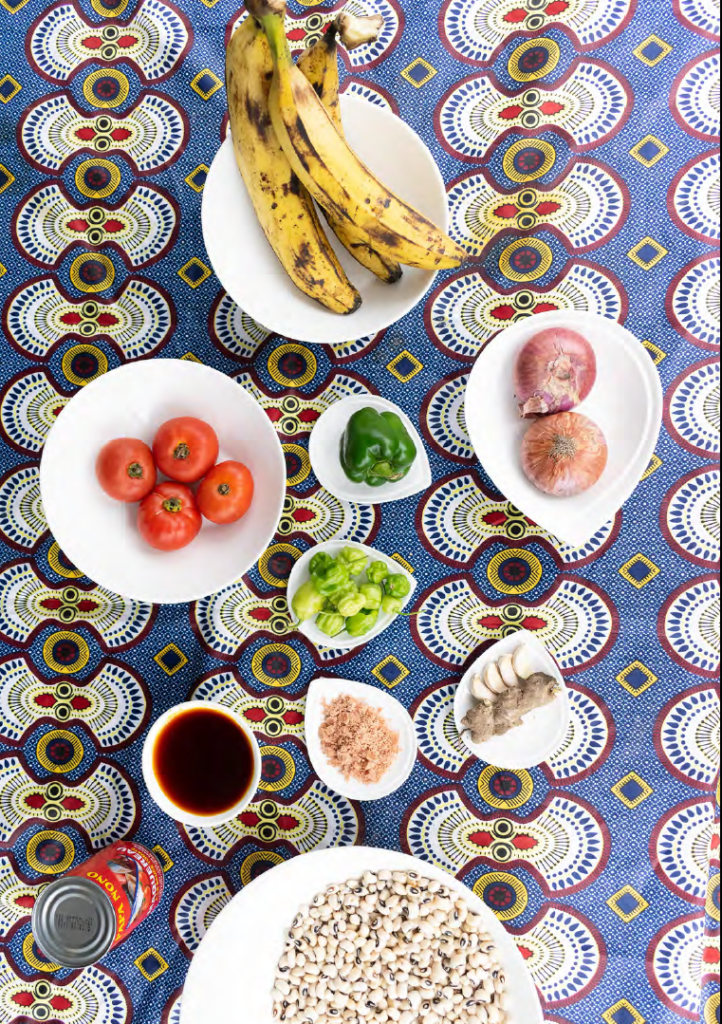

………………………………
Featured image, top: An example of engaging food photography, taken from Ghana eCookbook (image credit: Steyn Hoogakker).